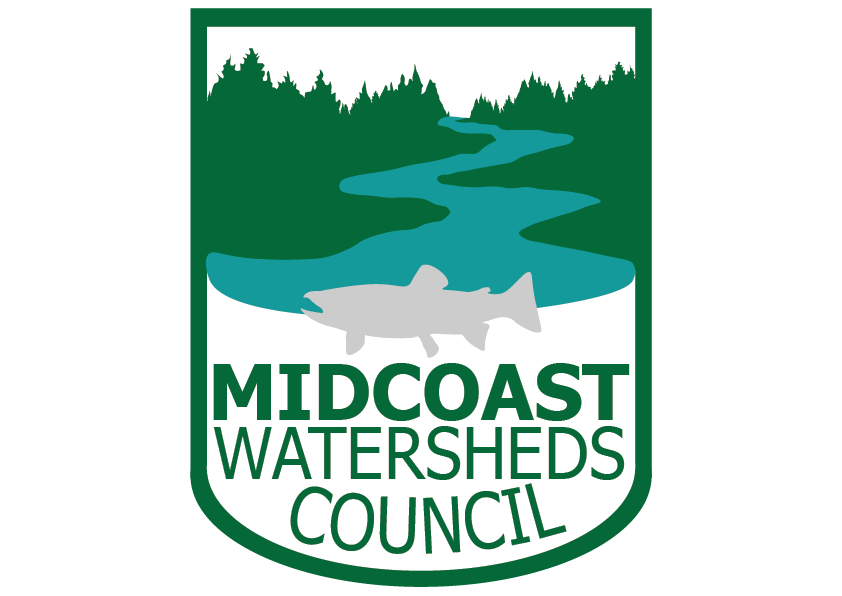The main stem of the Siletz River is water quality impaired, including a 303(d) Category 5 listing for dissolved oxygen from the confluence of the North and South Forks to Cedar Creek. Oregon Department of Environmental Quality (DEQ) is currently developing a Total Maximum Daily Load (TMDL) to determine the causes of the dissolved oxygen impairment and identify the maximum allowable pollutant loads in order to attain the dissolved oxygen standards. Join the Siletz Watershed Council’s fall quarterly meeting for a presentation on this process from Oregon DEQ’s Water Quality Analyst, Ryan Shojinaga, beginning at 6:30 PM in the Siletz Public Library.
In the past two years, Oregon DEQ has conducted two studies of water quality in the Siletz Watershed. The first study involved collecting an extensive amount of water quality data in 2017 followed by thorough analysis in 2018. The second study involved modeling hydrology and nutrient loads generating from landscape runoff processes. Ryan Shojinaga will present a high level discussion of results and conclusions from both studies, with an eye on how these pieces fit into the TMDL process and what the next steps are. Ryan is a Water Quality Analyst with more than 15 years of experience in water resources engineering and environmental science. His professional journey has led him to Australia and back, working on exciting projects along the way. Ryan’s professional expertise is in surface water hydrology, hydraulics, water quality and numerical modeling.
The presentation will begin at 6:30 PM at the Siletz Public Library on 225 SE Gaither Street. Refreshments will be provided. A Siletz Watershed Council meeting will follow the presentation to give updates on the MidCoast Watersheds Council restoration and monitoring work in the Siletz Basin, disperse ODFW’s new Siletz River Guide, discuss future SWC goals, and allow time for any questions and announcements from the community.

